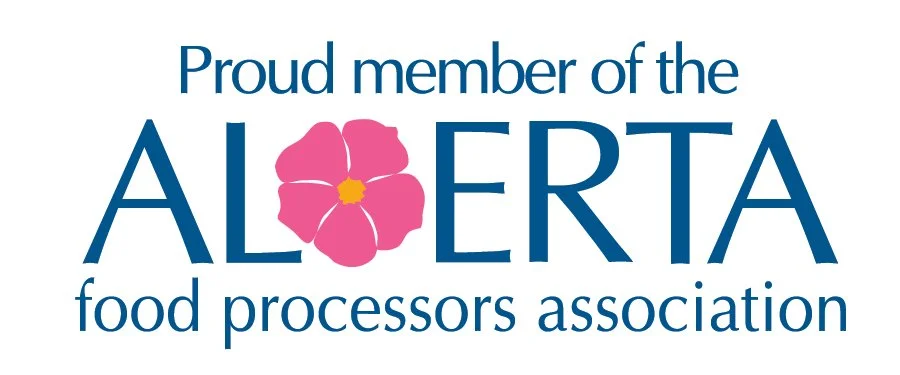Major Differences
Serving sizes have been eliminated: While the old Canada’s Food Guide recommended specific serving sizes for various age groups (for example, the above example illustrates the recommended portions for an adult male were eight to 10 servings of fruits and vegetables, eight servings of grain products, two servings of dairy and alternatives, and three servings of meat and alternatives), an initial draft of the new guide recommends eating a wide variety of healthy foods and introduces “the perfect plate,” suggesting one half of a person’s diet be fruits and vegetables, especially leafy greens, one quarter be protein foods, inclusive of dairy such as low-fat milk, kefir, yogurt and cheese, and one quarter be grains that are whole grains when possible.
Alternatives are emphasized: Plant-based alternatives to meat, such as tofu and beans are recommended in higher percentage, as they decrease the risk of heart disease, type 2 diabetes, and some cancers. This is also intended to reflect Canada’s cultural diversity.
Items have been removed: Juice has been removed from the fruits and vegetables category, indicating that a 1/2 cup of juice is no longer considered to equal one serving of fruit. The old guide also recommended every person drink milk every day, while the new guide makes no mention of this. Also, the old guide recommended at least half of the grains consumed were whole grains, while the new guide seems to recommend whole grains are always best.
More value placed on healthy eating habits: The new guide also goes beyond what to eat and includes information on how to maintain healthy eating habits. It recommends cooking at home more often, eating less processed foods, eating foods low in sodium and saturated fats, eating meals with others to encourage slowing down and taking time to enjoy the experience and tradition of consuming meals in community. People are also encouraged to use food labels and be aware of food marketing which may contradict the food guide’s recommendations.
Impacts on the Food Industry
Dairy: The Director of Nutrition and Research with the Dairy Farmers of Canada, Isabelle Neiderer, is wary of the new guide combining the meat and alternatives and dairy and alternatives groups, stating the fear that Canadians will receive the message that all proteins are the same. Neiderer stated that “it would be a disservice to the Canadian population and frankly, a recipe for disaster in terms of bone health,” for people to drastically decrease dairy products which are rich in calcium and potassium. All previous food guides since 1942 have recommended drinking milk daily. Dairy Farmers of Canada
Meat: Similarly, the Canadian Meat Council believes there will be severe repercussions stemming from the new guide’s recommendation to eat less red meat and incorporate more meat alternatives such as beans and tofu. The Council’s Director of Regulatory Affairs, Jackie Crichton, believes it could be harmful to Canadians to attempt to heed this advice without clearer guidelines: “Anybody who is already consuming foods in the right proportions at the right frequency that result in a balanced diet, if they do read those general statements and were to decide, ‘Oh well, then I have to eat less of that protein,’ what would that impact be on their health?” For the first time ever, industries have not been consulted in the process of producing a revision of Canada’s Food Guide, and must submit their comments to the initial draft along with the general public. The Globe and Mail






